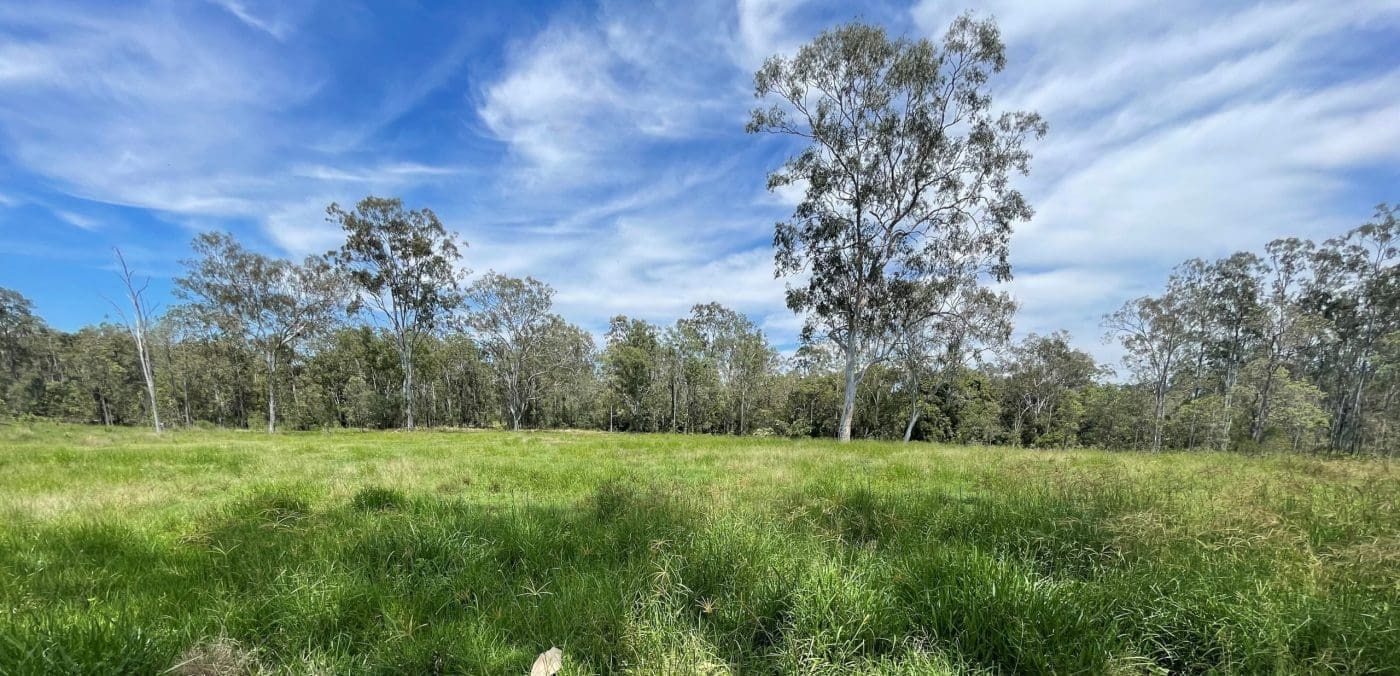
The Fysh project at Mount Tom, near Gladstone, has become the fourth to receive carbon credits for sequestering carbon in its soil.
AUSTRALIA’S largest carbon soil carbon developer, AgriProve, has become the latest to receive Australian Carbon Credit Units, with 3,559 ACCUs issued to a project in Central Queensland.
The Fysh Carbon Project at Mount Tom near Gladstone is the fourth to receive soil carbon credits under the Australian methodology, with Agriprove receiving 1900 credits for a Victorian project in 2019 and two Qld producers, facilitated by Carbon Link, receiving the first ever large-scale issuance of soil credits last month – with a combined 151,312 credits.
It was signed up to the Emissions Reduction Fund in 2020 and Agriprove says it has yielded 4.4 ACCUs per hectare per year of operation, which Agriprove says is beyond carbon neutral. The project is signed up to the Qld Government’s Land Restoration Fund, which has committed to purchasing the ACCUs over 15 years.
Landholder Karen Scanlan said the soil carbon project was an important diversification from her grazing operation.
“My husband and I bought this land six years ago, and it’s always been important to balance environmental interests with the profitability of our cattle farming operations,” Ms Scanlan said.
“We’re now building a separate arm of our business through this soil carbon project that’s so valuable to us because it’s building financial and climate resilience.
“Most of Australia is either in drought or flooding – it’s tough being a farmer, and anything that diversifies our farming income is important. We want to leave our land better than we found it for future generations including our daughter, especially when we have Baffle Creek along our border which runs into the Great Barrier Reef.”
The project was sown with multi-species pasture using a zero-tillage disc drill suitable for light fragile sandy soils at risk of erosion, thereby preventing any potential degradation of the Great Barrier Reef. Grazing was withheld for nine months to allow for maturation and seed set to build up the seed bank for the following season.
AgriProve’s innovative approach to monitoring soil carbon projects uses satellite data to highlight changes in soil carbon sequestration rates. A proprietary Soil Organic Carbon model was used to identify a likely increase in soil carbon which brought forward the date of subsequent sampling, fast-tracking ACCU issuance from five years to a more attractive two.
Fysh project prompts more soil carbon participants
Agriprove says the success of the Mount Tom project has prompted other landholders to look into soil carbon. Managing director Matthew Warnken said the latest issuance was a major achievement for the company.
“This is another red-letter day for AgriProve with our soil carbon partnership with the Scanlan family on their property at Mount Tom becoming AgriProve’s second farm to be awarded ACCUs, with additional benefits through the Queensland Government’s Land Restoration Fund.”
“This was the first project issuance flagged for sampling under our proprietary Soil Organic Carbon models. We will be using our SOC models to calculate soil carbon stocks daily to accelerate positive results for Australia’s most innovative farming enterprises.”
Mr Warnken said many other projects were likely to yield credits.
“AgriProve currently has 30 measured project increases in soil carbon and we expect the related ACCUs to be issued in the near future,” he said.
“We continue to work closely with our partnering producers and the Clean Energy Regulator to ensure the process is as streamlined as possible.”
Source: Agriprove
- For more information on recent issuances of soil carbon credits click here
